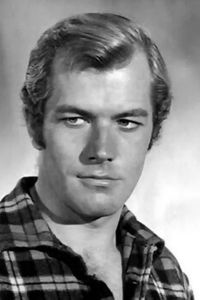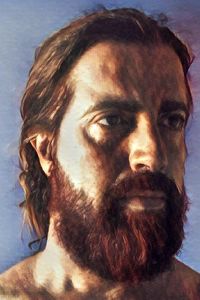Wolf Vostell, a celebrated German painter and sculptor of the latter half of the 20th century, was born on October 14, 1932, in Leverkusen, a city located in the North Rhine-Westphalia state of Germany.
Throughout his illustrious and storied career, Vostell was widely recognized as one of the pioneering figures of various avant-garde movements, including video art, environmental art, installation art, happening, and Fluxus.
As a key figure in the development of these innovative art forms, Vostell's work often blurred the lines between traditional mediums, challenging the boundaries of what was considered art and pushing the limits of creative expression.
Through his pioneering spirit and innovative approach, Vostell left an indelible mark on the art world, his legacy continuing to inspire and influence generations of artists to come.
Wolf Vostell, a visionary artist of great renown, was distinguished by his pioneering approaches to creative expression, which frequently entailed the deliberate manipulation of visual boundaries through a process known as blurring. This distinctive technique, a hallmark of his artistic style, often resulted in the creation of dynamic, fragmented forms that defied traditional notions of representation. Furthermore, Vostell's work was also marked by the incorporation of dé-collage, a technique that involved the intentional removal or dislocation of elements from a work of art, thereby challenging the viewer's expectations and perceptions. Additionally, his innovative use of objects embedded in concrete added a sense of three-dimensionality and tactile quality to his pieces, further underscoring his commitment to pushing the boundaries of artistic expression.










